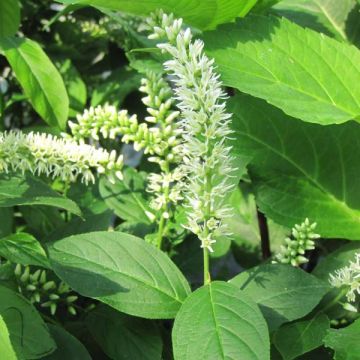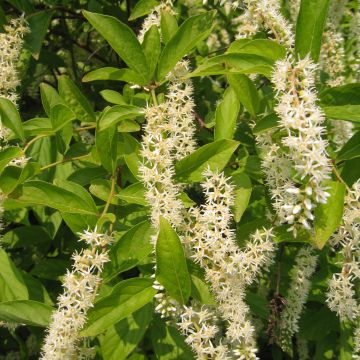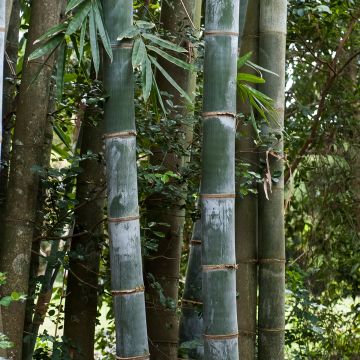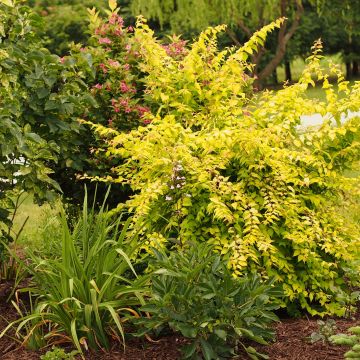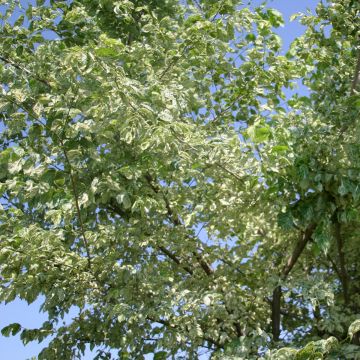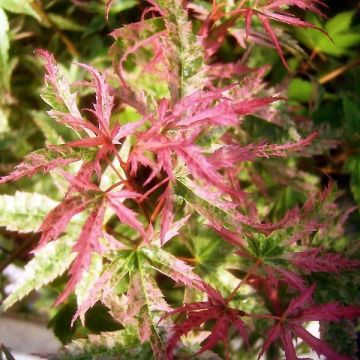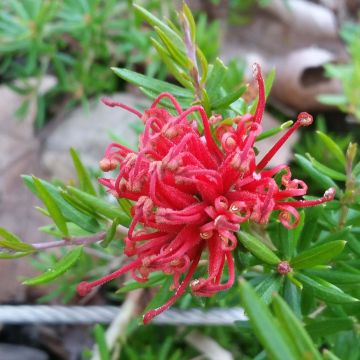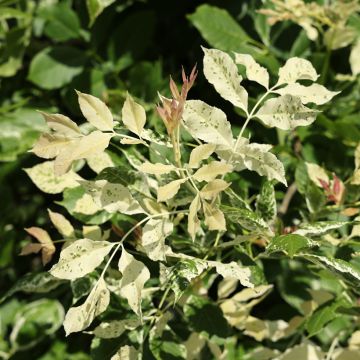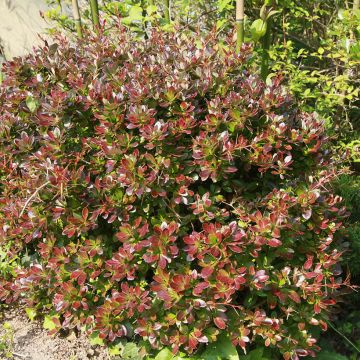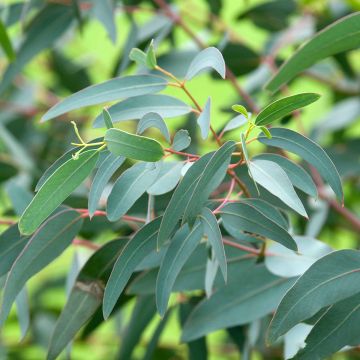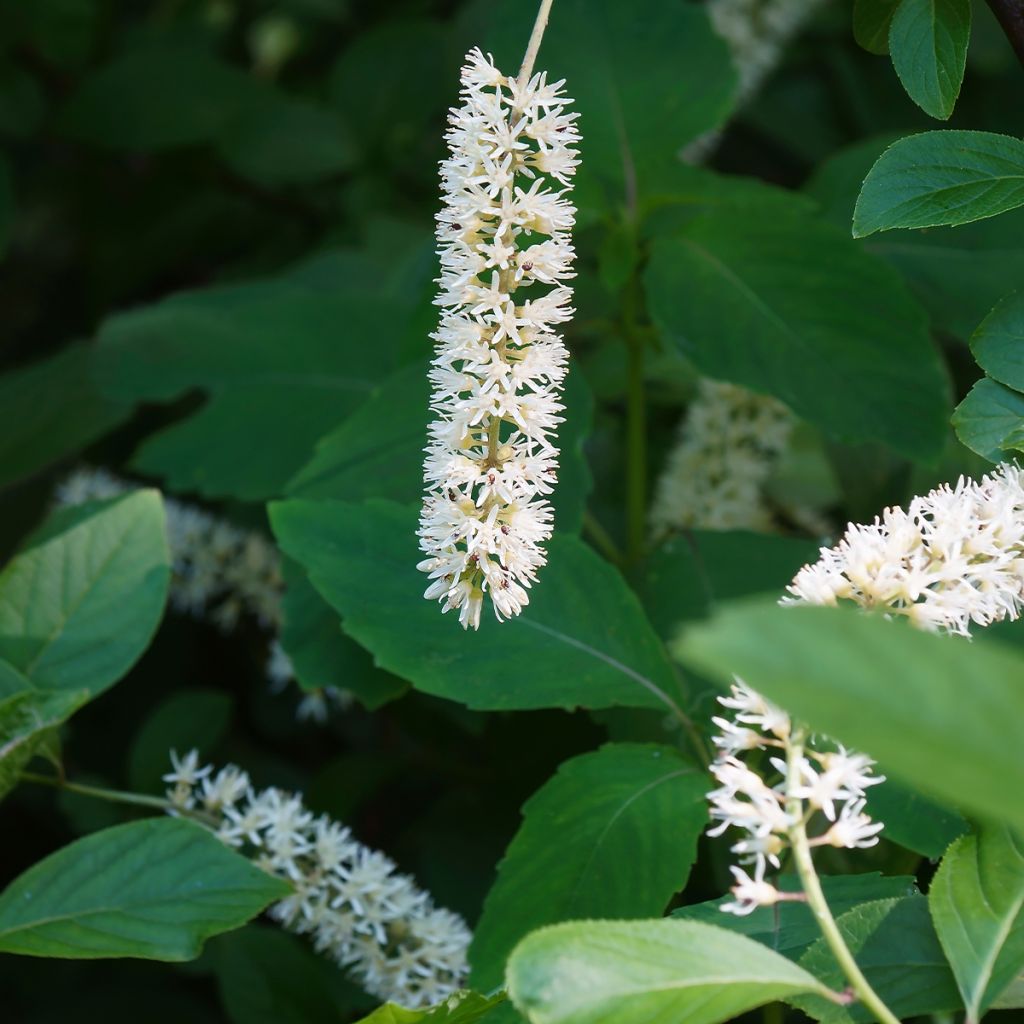

Itea virginica Love Child
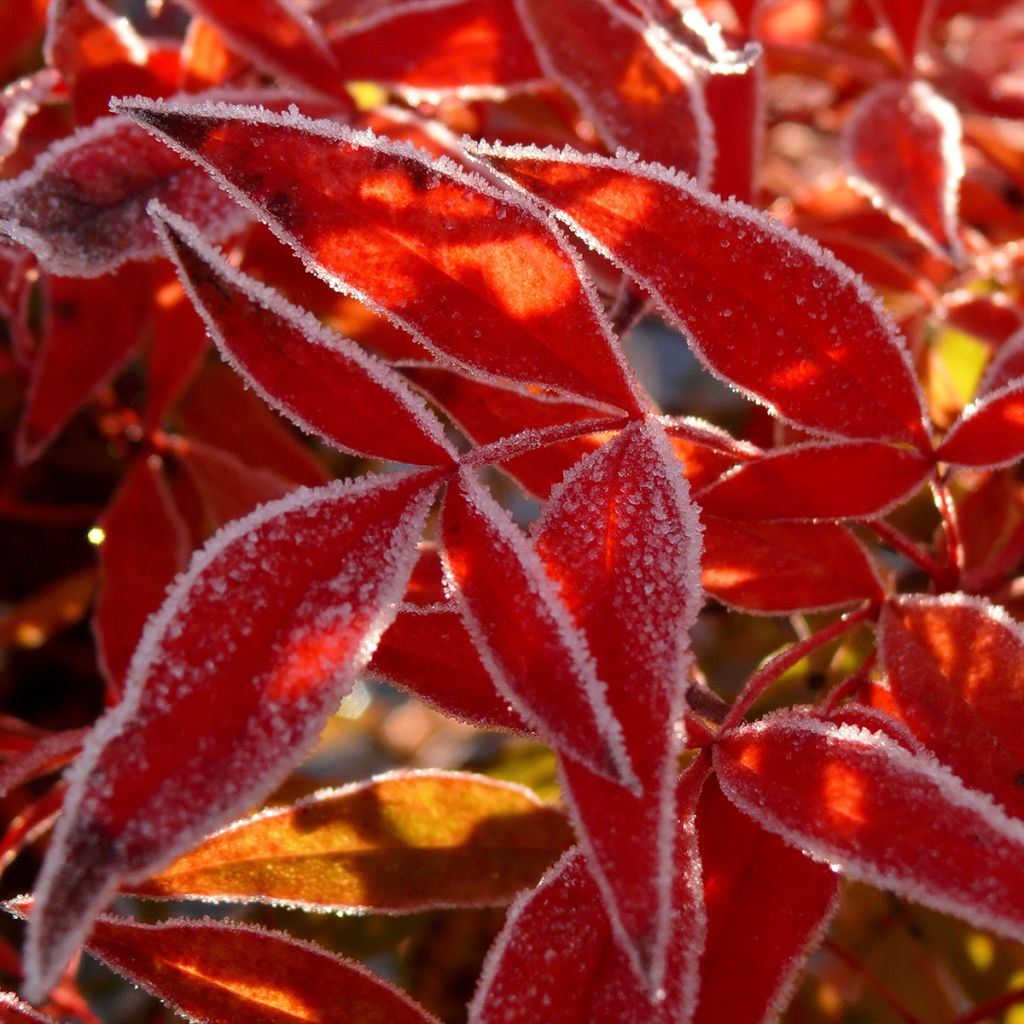

Itea virginica Love Child
Itea virginica Love Child
Itea virginica Love Child®
Virginia Sweet Spire
Struggling after a little over a year...
Christine, 04/05/2024
This item cannot be shipped to the selected country
Delivery charge from €5.90
More information
Schedule delivery date,
and select date in basket
This plant carries a 24 months recovery warranty
More information
We guarantee the quality of our plants for a full growing cycle, and will replace at our expense any plant that fails to recover under normal climatic and planting conditions.
From €5.90 for pickup delivery and €6.90 for home delivery
Express home delivery from €8.90.
Does this plant fit my garden?
Set up your Plantfit profile →
Description
Itea virginica 'Love Child' is a variety of Virginia sweet spire with slow and limited growth, which forms a sphere of about 1m (3ft) in all directions, thus finding its place in the smallest gardens. This bush is remarkable for its scented white flowering in early summer. The flowers take the form of graceful pendulous clusters. Its beautiful tender green foliage turns to deep purple in autumn, further enhancing its ornamental interest. Very hardy, this Itea grows in sun or semi-shade, in acidic to neutral soil, remaining moist in summer.
Native to North America, Itea virginica belongs to the Iteaceae family. In the past, it was attached to the equally small Grossulariaceae family, which mainly includes gooseberries. Itea virginica is the only species of the genus native to the American continent, all others come from Southeast Asia, like I. ilicifolia from China, the species probably most common in our gardens with this I. virginica.
Itea virginica has a slow growth rate. It develops about 1.5m (5ft) in all directions. Its tender green to medium green foliage is deciduous and takes on beautiful autumn colours in burgundy tones. Its summer flowering is particularly graceful, in the form of long clusters of small scented white flowers. In nature, this bush grows in coastal areas, in acidic to neutral soil. It prefers moist soil, as it does not like drought, even if it can temporarily withstand it once well-rooted. Hardy to -20°C (-4°F) without problem.
'Love Child' is very close to the species-type, but it has an even more compact habit, making it suitable for small gardens. This bush can be planted in an ericaceous bed.
Itea virginica 'Love Child' is not common in cultivation, but it will delight enthusiasts. Too small to be planted in isolation, it will be perfect in a flower bed, especially with ericaceous soil plants or similar. Hamamelis intermedia 'Diane' planted in the background will create an interesting scene almost all year round; its graceful flowers in small red filaments in winter will start the show while its foliage turning to yellow and red in autumn will support the burgundy purple of 'Love Child'. The superb Magnolia 'Betty', with its dark pink flowers in May, will precede the white clusters of our little Itea. And to take over in summer and autumn, the surprising Hydrangea macrophylla 'Light'o'Day', with its romantic flowers and variegated white foliage, will complete this colourful plant ensemble throughout the season.
Report an error about the product description
Itea virginica Love Child in pictures
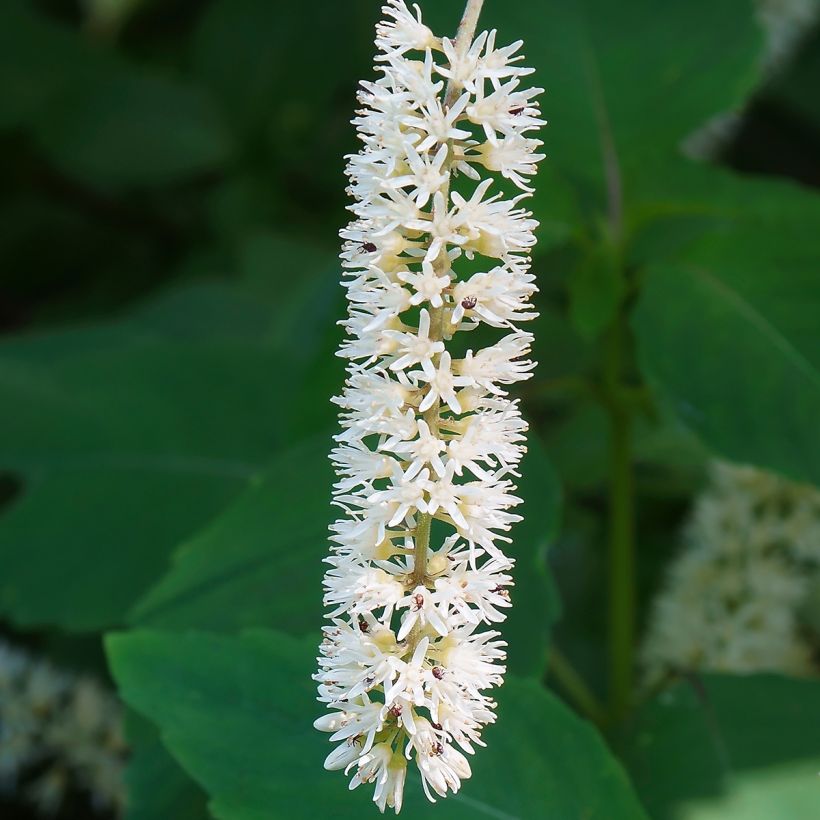

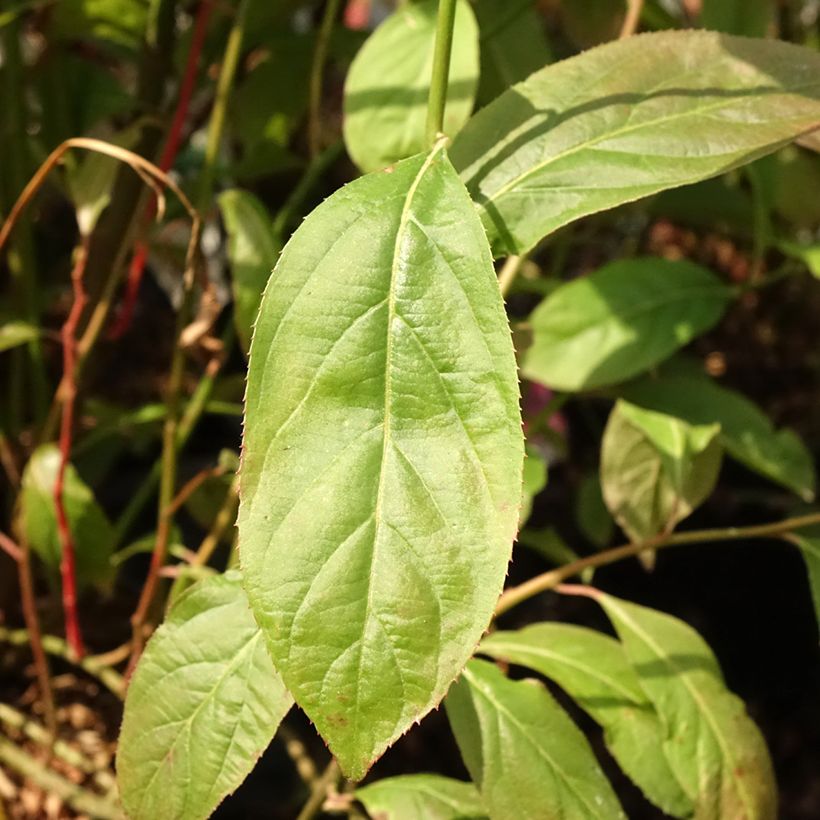

Plant habit
Flowering
Foliage
Botanical data
Itea
virginica
Love Child®
Iteacea
Virginia Sweet Spire
Cultivar or hybrid
Other Itea
Planting and care
Plant in neutral to acidic soil, remaining moist in summer, but well-drained in winter. In colder areas, choose a sunny exposure. In warmer regions, it will welcome some shade to maintain a certain humidity of the air. Dig a planting hole of 50cm (20in) in all directions and mix ericaceous soil with the existing soil. Soak the root ball for 20 min in a bucket to thoroughly moisten it before putting it in the ground. Water regularly for the first two years and in summer afterwards.
Planting period
Intended location
Care
-
, onOrder confirmed
Reply from on Promesse de fleurs
Striking foliage shrubs
Haven't found what you were looking for?
Hardiness is the lowest winter temperature a plant can endure without suffering serious damage or even dying. However, hardiness is affected by location (a sheltered area, such as a patio), protection (winter cover) and soil type (hardiness is improved by well-drained soil).

Photo Sharing Terms & Conditions
In order to encourage gardeners to interact and share their experiences, Promesse de fleurs offers various media enabling content to be uploaded onto its Site - in particular via the ‘Photo sharing’ module.
The User agrees to refrain from:
- Posting any content that is illegal, prejudicial, insulting, racist, inciteful to hatred, revisionist, contrary to public decency, that infringes on privacy or on the privacy rights of third parties, in particular the publicity rights of persons and goods, intellectual property rights, or the right to privacy.
- Submitting content on behalf of a third party;
- Impersonate the identity of a third party and/or publish any personal information about a third party;
In general, the User undertakes to refrain from any unethical behaviour.
All Content (in particular text, comments, files, images, photos, videos, creative works, etc.), which may be subject to property or intellectual property rights, image or other private rights, shall remain the property of the User, subject to the limited rights granted by the terms of the licence granted by Promesse de fleurs as stated below. Users are at liberty to publish or not to publish such Content on the Site, notably via the ‘Photo Sharing’ facility, and accept that this Content shall be made public and freely accessible, notably on the Internet.
Users further acknowledge, undertake to have ,and guarantee that they hold all necessary rights and permissions to publish such material on the Site, in particular with regard to the legislation in force pertaining to any privacy, property, intellectual property, image, or contractual rights, or rights of any other nature. By publishing such Content on the Site, Users acknowledge accepting full liability as publishers of the Content within the meaning of the law, and grant Promesse de fleurs, free of charge, an inclusive, worldwide licence for the said Content for the entire duration of its publication, including all reproduction, representation, up/downloading, displaying, performing, transmission, and storage rights.
Users also grant permission for their name to be linked to the Content and accept that this link may not always be made available.
By engaging in posting material, Users consent to their Content becoming automatically accessible on the Internet, in particular on other sites and/or blogs and/or web pages of the Promesse de fleurs site, including in particular social pages and the Promesse de fleurs catalogue.
Users may secure the removal of entrusted content free of charge by issuing a simple request via our contact form.
The flowering period indicated on our website applies to countries and regions located in USDA zone 8 (France, the United Kingdom, Ireland, the Netherlands, etc.)
It will vary according to where you live:
- In zones 9 to 10 (Italy, Spain, Greece, etc.), flowering will occur about 2 to 4 weeks earlier.
- In zones 6 to 7 (Germany, Poland, Slovenia, and lower mountainous regions), flowering will be delayed by 2 to 3 weeks.
- In zone 5 (Central Europe, Scandinavia), blooming will be delayed by 3 to 5 weeks.
In temperate climates, pruning of spring-flowering shrubs (forsythia, spireas, etc.) should be done just after flowering.
Pruning of summer-flowering shrubs (Indian Lilac, Perovskia, etc.) can be done in winter or spring.
In cold regions as well as with frost-sensitive plants, avoid pruning too early when severe frosts may still occur.
The planting period indicated on our website applies to countries and regions located in USDA zone 8 (France, United Kingdom, Ireland, Netherlands).
It will vary according to where you live:
- In Mediterranean zones (Marseille, Madrid, Milan, etc.), autumn and winter are the best planting periods.
- In continental zones (Strasbourg, Munich, Vienna, etc.), delay planting by 2 to 3 weeks in spring and bring it forward by 2 to 4 weeks in autumn.
- In mountainous regions (the Alps, Pyrenees, Carpathians, etc.), it is best to plant in late spring (May-June) or late summer (August-September).
The harvesting period indicated on our website applies to countries and regions in USDA zone 8 (France, England, Ireland, the Netherlands).
In colder areas (Scandinavia, Poland, Austria...) fruit and vegetable harvests are likely to be delayed by 3-4 weeks.
In warmer areas (Italy, Spain, Greece, etc.), harvesting will probably take place earlier, depending on weather conditions.
The sowing periods indicated on our website apply to countries and regions within USDA Zone 8 (France, UK, Ireland, Netherlands).
In colder areas (Scandinavia, Poland, Austria...), delay any outdoor sowing by 3-4 weeks, or sow under glass.
In warmer climes (Italy, Spain, Greece, etc.), bring outdoor sowing forward by a few weeks.

































